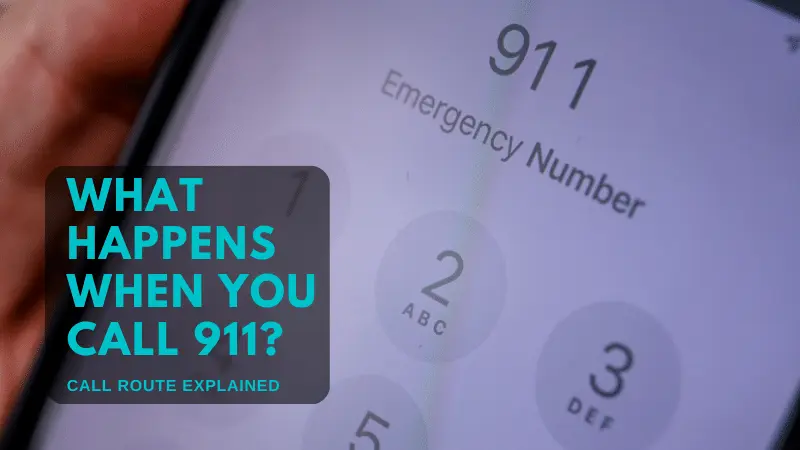911 is an emergency phone number that connects callers to emergency services such as law enforcement, fire, and medical assistance. It is a universal emergency phone number in the United States and Canada that people rely on when they encounter an emergency. However, the process of calling 911 and the subsequent response can be complex and often misunderstood. In this article, we will explore in detail the call routing process of 911 and what happens when you call for help.

Call Routing Process
The call routing process of 911 is designed to quickly connect callers to the Public Safety Answering Point (PSAP) closest to their location. The PSAP is staffed by trained 911 dispatchers who answer the call and gather information from the caller.
To ensure that the call is routed to the correct PSAP, the 911 system uses Automatic Location Identification (ALI) and Automatic Number Identification (ANI). ALI allows the 911 system to identify the caller’s location, while ANI provides the caller’s phone number. Both pieces of information are vital in determining the correct PSAP to route the call to.
When a caller dials 911, the call is immediately directed to the appropriate PSAP based on the caller’s location. Once the call is connected to the PSAP, the 911 dispatcher will answer and ask the caller what their emergency is. The dispatcher will need to know the caller’s location, the nature of the emergency, and any other relevant details to ensure that the appropriate emergency services are dispatched.
Interaction with the Dispatcher
During the call, the dispatcher may provide instructions on how to perform first aid or take other actions to keep the caller safe until emergency services arrive. They may also ask additional questions to gather more information about the emergency.
It is essential to remain calm and provide accurate information to the dispatcher. The information gathered during the call will be used to determine the appropriate emergency services to dispatch and the level of response required. This information is critical to ensure that emergency services can respond as quickly and effectively as possible.
The dispatcher will also use the information gathered during the call to provide guidance to the emergency services as they respond to the emergency. This guidance can include information about the location of the emergency, any hazards or obstacles that may be present, and any other relevant details that can help emergency services respond effectively.
Emergency Services Response
Once the dispatcher has gathered all the necessary information, they will dispatch the appropriate emergency services to the caller’s location. The emergency services that respond to a 911 call can include police, fire, or medical personnel, depending on the nature of the emergency.
The time it takes for emergency services to arrive can vary depending on factors such as the distance between the caller and emergency responders, traffic conditions, and the priority level of the emergency. In life-threatening situations, emergency services will prioritize responding as quickly as possible.
Once the emergency services arrive on the scene, they will assess the situation and provide the necessary assistance. This can include providing medical care, evacuating the area, or securing the scene. The emergency services will work to ensure the safety of all individuals involved in the emergency and take appropriate action to address the situation.
Common Misconceptions about 911
There are many misconceptions about what happens when you call 911. One of the most common is that emergency services will arrive within seconds of a call. While emergency services aim to arrive as quickly as possible, the time it takes can vary depending on the factors mentioned above.
Another common misconception is that 911 should be used for non-emergency situations. The 911 system is designed for emergencies only and should not be used for non-emergency situations. Non-emergency situations should be reported to the appropriate non-emergency number in your area.
It is also important to note that 911 is not a substitute for seeking medical advice from a healthcare professional. If you have a medical question or concern, you should contact your doctor or other healthcare provider.
Conclusion
Calling 911 can be a life-saving decision, but it is important to understand the call routing process and what to expect when you make the call. By providing accurate information and remaining calm during the call, you can help emergency services respond quickly and effectively to the emergency.
It is also important to remember that 911 is for emergencies only and should not be used for non-emergency situations. Knowing the appropriate non-emergency numbers in your area can help ensure that emergency services are available when they are truly needed.
In the end, the 911 system is an essential part of public safety in the United States and Canada. By understanding how it works and how to use it properly, we can help ensure that emergency services are available when we need them most.

Leave A Comment